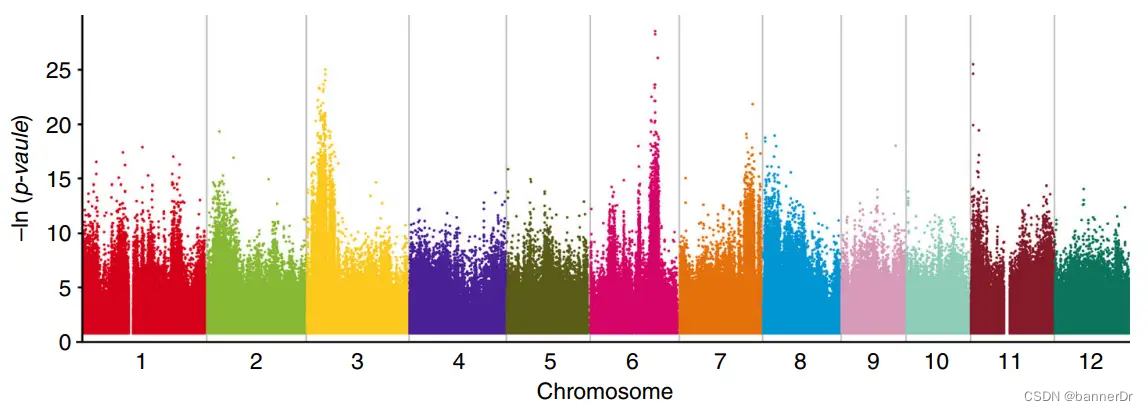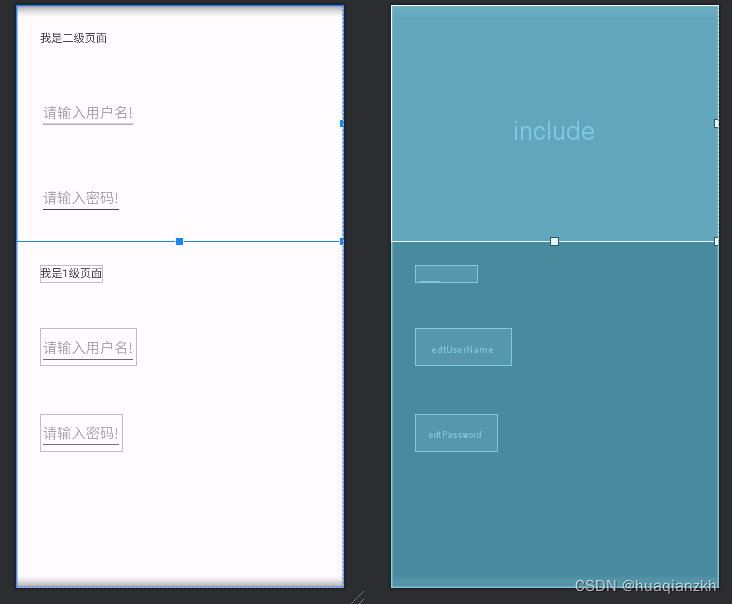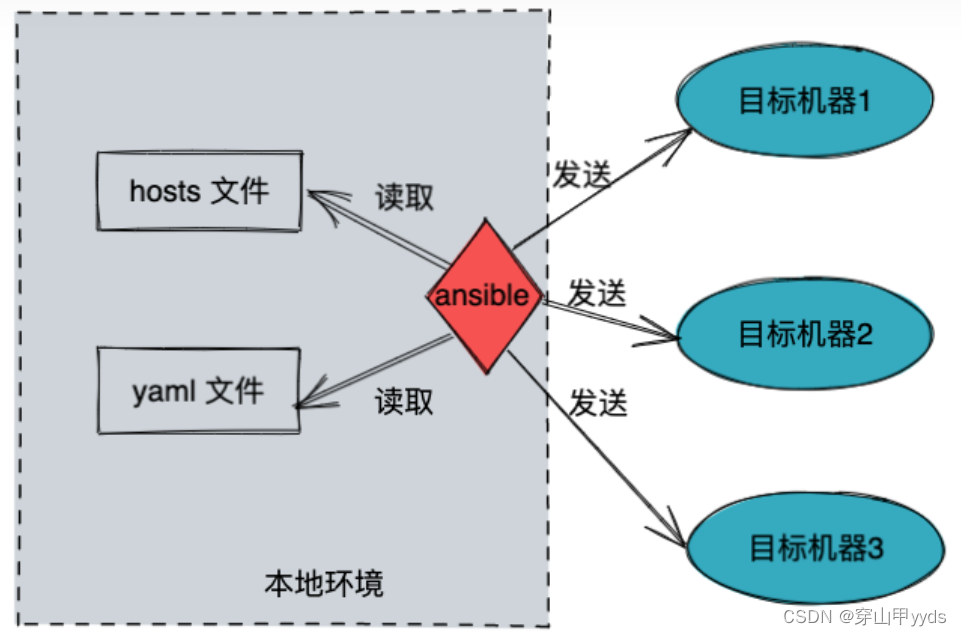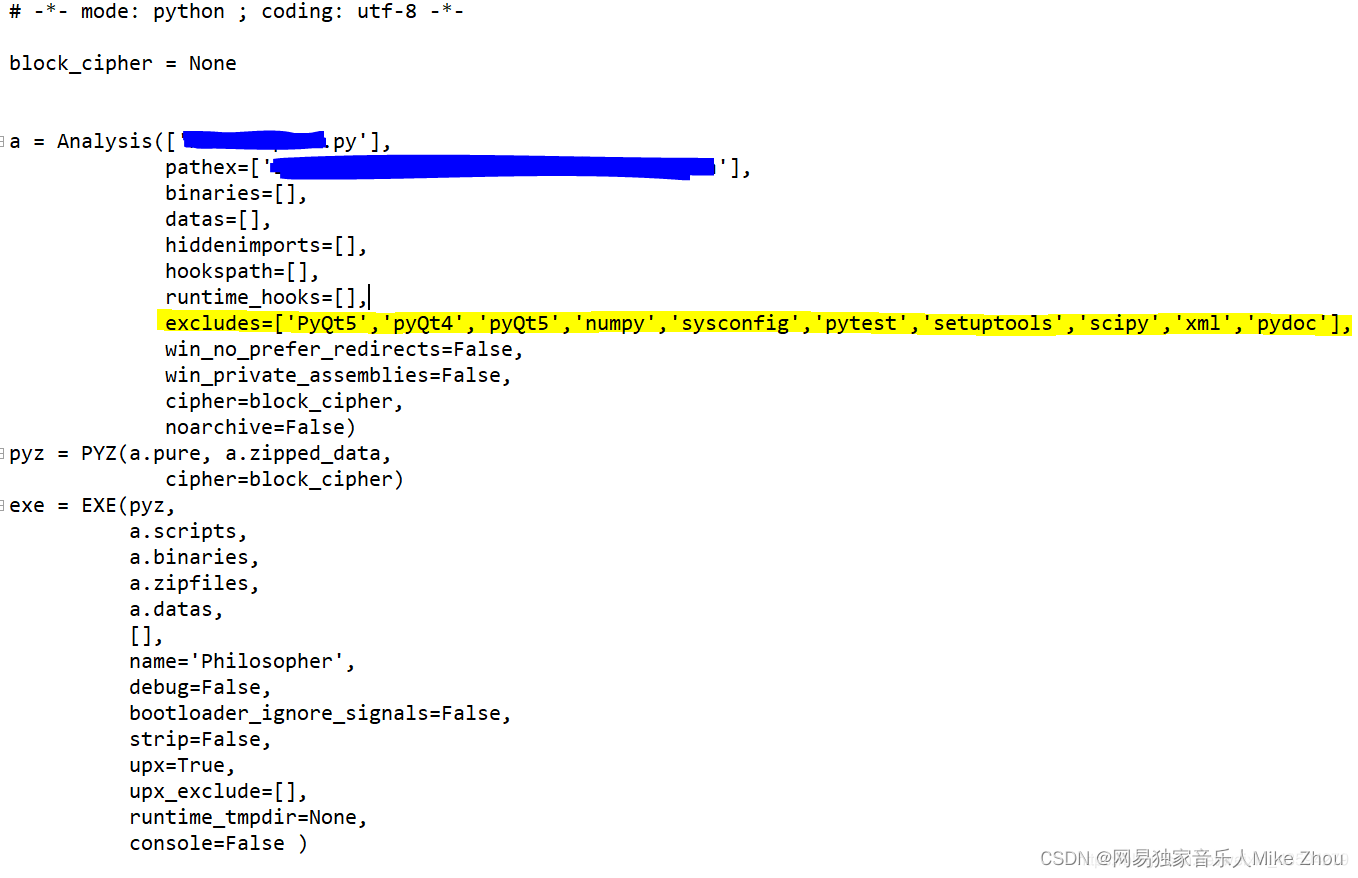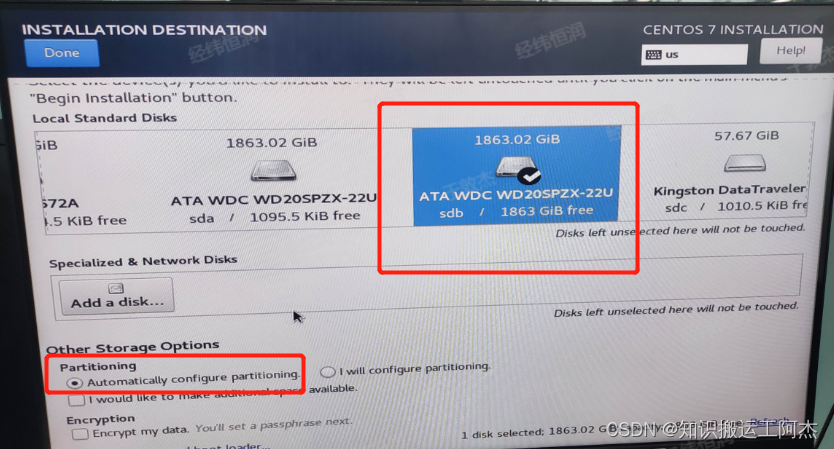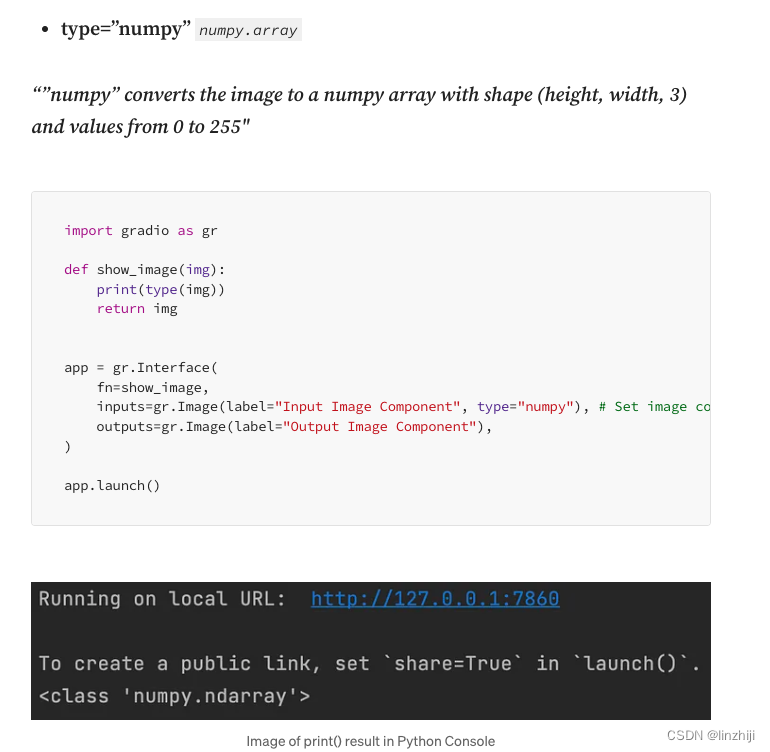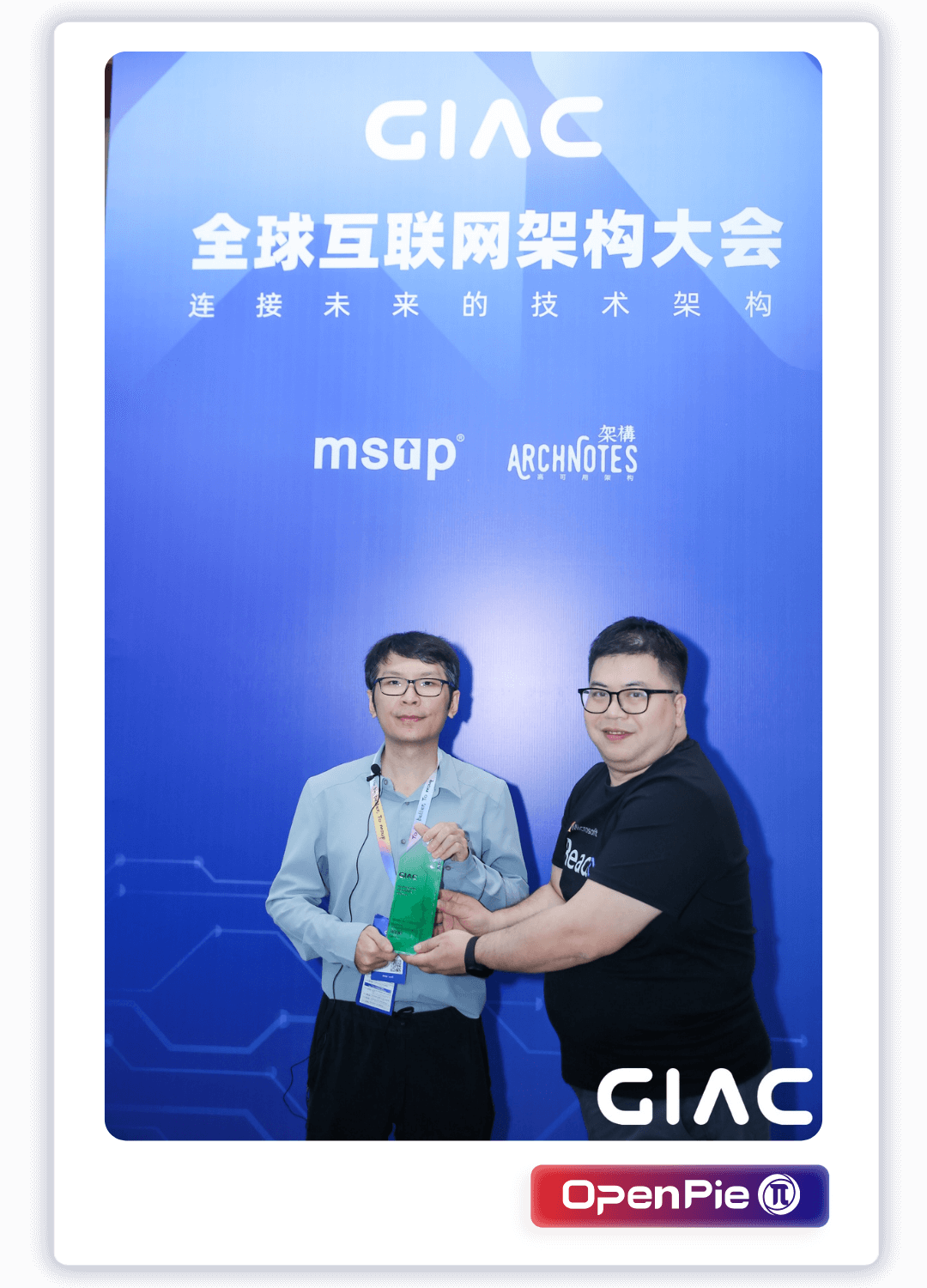1、运算符重载
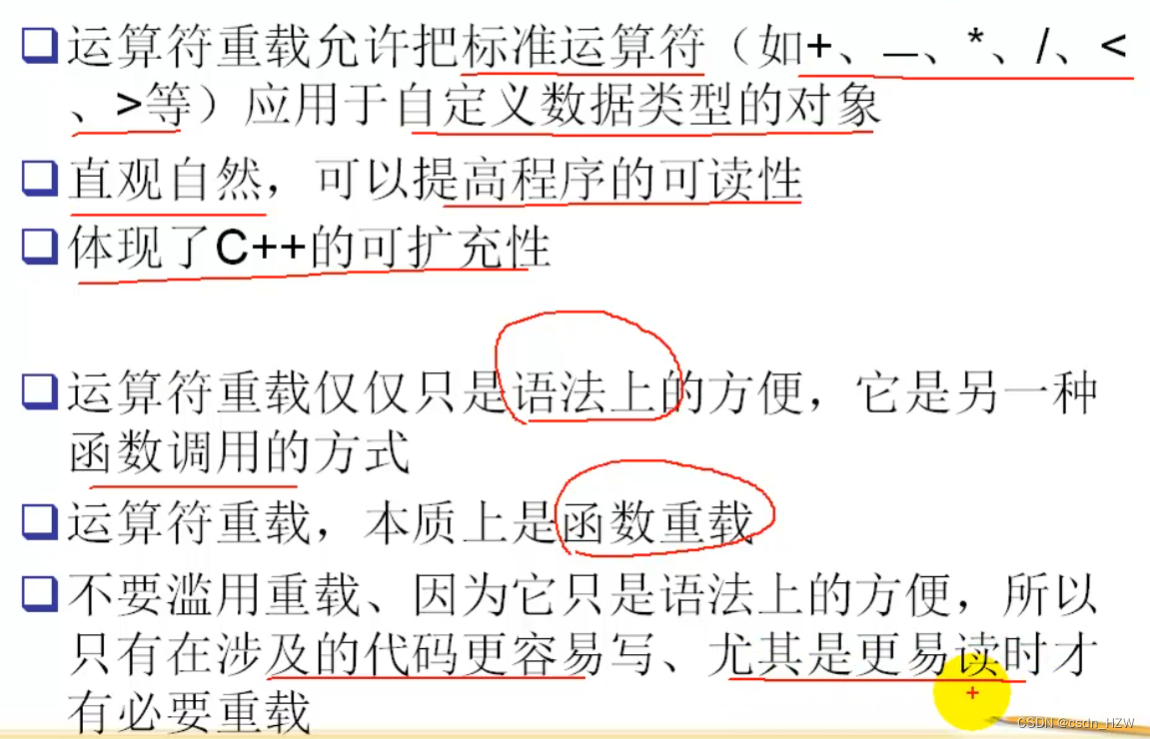
//Complex.h
#ifndef _COMPLEX_H_
#define _COMPLEX_H_
class Complex
{
public:
Complex(int real_, int imag_);
Complex();
~Complex();
Complex& Add(const Complex& other);
void Display() const;
Complex operator+(const Complex& other);
private:
int real_;
int imag_;
};
#endif // _COMPLEX_H_
// Complex.cpp
#include "Complex.h"
#include <iostream>
using namespace std;
Complex::Complex(int real, int imag) : real_(real), imag_(imag)
{
}
Complex::Complex()
{
}
Complex::~Complex()
{
}
Complex& Complex::Add(const Complex& other)
{
real_ += other.real_;
imag_ += other.imag_;
return *this; // 因为是引用,所以返回的时候不会调用拷贝构造函数
}
void Complex::Display() const
{
cout << real_ << "+" << imag_ << endl;
}
Complex Complex::operator+(const Complex& other)
{
int r = real_ + other.real_;
int i = imag_ + other.imag_;
return Complex(r, i);
}
// main.cpp
#include "Complex.h"
int main(void)
{
Complex c1(3, 5);
Complex c2(4, 6);
//c1.Add(c2); // 但是这样就修改到了c1对象,我们希望是Complex c3 = c1 + c2;这个时候我们就需要运算符的重载
//c1.Display();
Complex c3 = c1 + c2; // 这边其实就是函数调用,相当于c1.operator(c2);
// Complex c3 = c1.operator(c2);
c1.Display();
c2.Display();
c3.Display();
return 0;
}
其实运算符的重载,在这边也就是成员函数的重载。
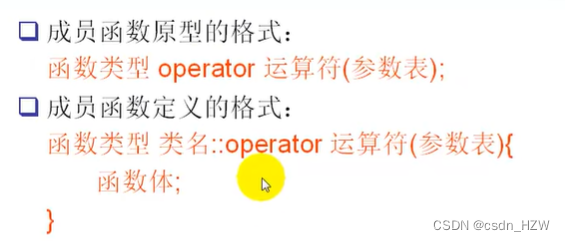
2、非成员函数重载(友元的方式重载)
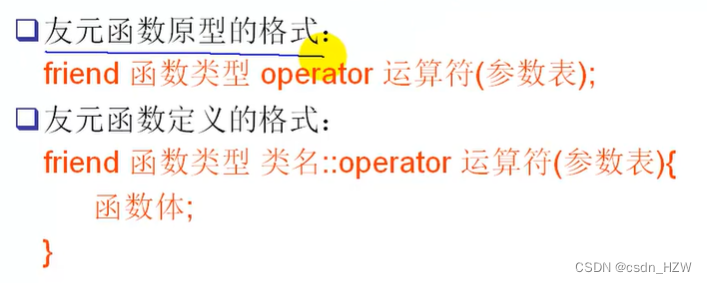
在vs2008中友元函数的运算符重载能和成员函数的运算符重载共存,有些编译器不行。如果共存,那么优先调用成员函数的运算符重载。
//Complex.h
#ifndef _COMPLEX_H_
#define _COMPLEX_H_
class Complex
{
public:
Complex(int real_, int imag_);
Complex();
~Complex();
Complex& Add(const Complex& other);
void Display() const;
Complex operator+(const Complex& other);
friend Complex operator+(const Complex& c1, const Complex& c2);
private:
int real_;
int imag_;
};
#endif // _COMPLEX_H_
// Complex.cpp
#include "Complex.h"
#include <iostream>
using namespace std;
Complex::Complex(int real, int imag) : real_(real), imag_(imag)
{
}
Complex::Complex()
{
}
Complex::~Complex()
{
}
Complex& Complex::Add(const Complex& other)
{
real_ += other.real_;
imag_ += other.imag_;
return *this; // 因为是引用,所以返回的时候不会调用拷贝构造函数
}
void Complex::Display() const
{
cout << real_ << "+" << imag_ << endl;
}
Complex Complex::operator+(const Complex& other)
{
int r = real_ + other.real_;
int i = imag_ + other.imag_;
return Complex(r, i);
}
Complex operator+(const Complex& c1, const Complex& c2)
{
int r = c1.real_ + c2.real_;
int i = c1.imag_ + c2.imag_;
return Complex(r, i);
}
// main.cpp
#include "Complex.h"
int main(void)
{
Complex c1(3, 5);
Complex c2(4, 6);
//c1.Add(c2); // 但是这样就修改到了c1对象,我们希望是Complex c3 = c1 + c2;这个时候我们就需要运算符的重载
//c1.Display();
Complex c3 = c1 + c2; // 这边其实就是函数调用,相当于c1.operator(c2);
// Complex c3 = c1.operator(c2);
c1.Display();
c2.Display();
c3.Display();
return 0;
}
3、运算符重载的规则
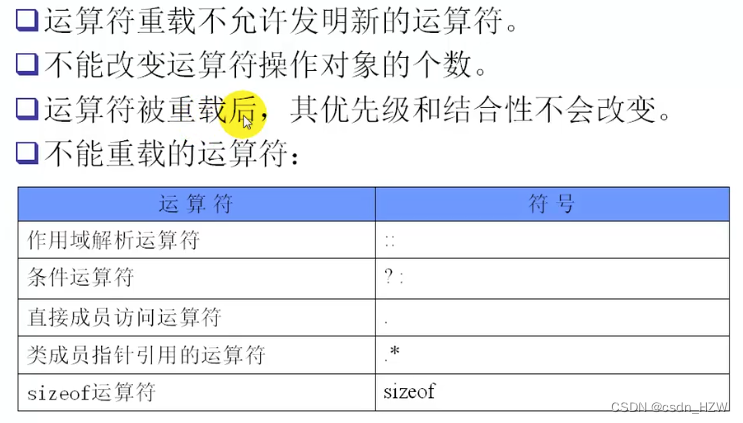
不能重载的运算符:因为如果开放了这些运算符的重载,那么语法就会变得混乱不可控制。
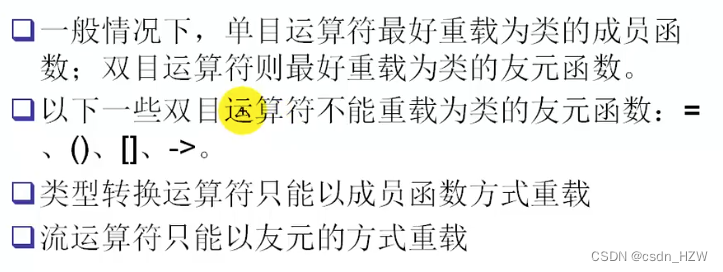
4、++运算符重载
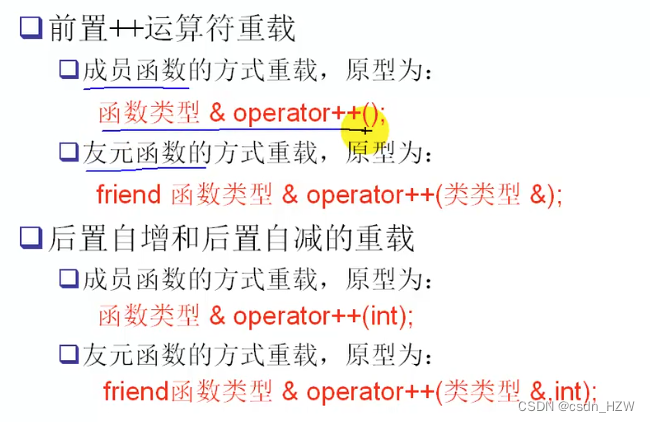
推荐用成员函数进行重载,因为友元重载是全局的。
// Integer.h
#ifndef _INTEGER_H
#define _INTEGER_H
class Integer
{
public:
Integer (int n);
~Integer();
void Display();
Integer& operator++(); // 前置++成员函数重载
//friend Integer& operator++(Integer &i); // 前置++友元重载
// 友元不能共存
// 后置中的参数int i没什么用,只是为了区分是否是前置还是后置
Integer operator++(int i); // 后置++成员函数重载
//friend Integer& operator++(Integer &i, int i); // 前置++友元重载
private:
int n_;
};
#endif //_INTEGER_H
// Integer.cpp
#include "Integer.h"
#include <iostream>
using namespace std;
Integer::Integer(int n) : n_(n)
{}
Integer::~Integer()
{}
void Integer::Display()
{
cout << "n_ = " << n_ << endl;
}
//Integer& Integer::operator++()
//{
// cout << "Integer& Integer::operator++()" << endl;
// ++n_;
// return *this;
//}
Integer& operator++(Integer &i)
{
cout << "Integer& operator++(Integer &i)" << endl;
++i.n_;
return i; // 因为返回的是引用不是对象,所以不会调用拷贝构造函数
}
//Integer Integer::operator++(int i)
//{
// cout << "Integer& Integer::operator++(int i)" << endl;
// //n++,
// Integer tmp(n_);
// n_++;
// return tmp;
//}
Integer& operator++(Integer &i, int j)
{
cout << "Integer& operator++(Integer &i, int i)" << endl;
//n++,
Integer tmp(i.n_);
i.n_++;
return tmp;
}
// main.cpp
#include "Integer.h"
#include <iostream>
using namespace std;
int main(void)
{
Integer n(10);
n.Display();
Integer n2 = ++n;
n.Display();
n2.Display();
Integer n3 = n++;
n.Display();
n3.Display();
return 0;
}
5、=赋值运算符重载
//String.h
#ifndef _STRING_H
#define _STRING_H
class String
{
public:
String(const char* str = "");
String(const String& other); // 拷贝构造
// 当你使用obj1 = obj2的时候,也是浅拷贝,即obj1.str_ = obj2.str_,所以要重载等号运算符,在里面进行深拷贝
String& operator=(const String& other);
String& operator=(const char* str);
void Display() const;
~String(void);
private:
char* AllocAndCopy(const char* str);
char* str_;
};
#endif //_STRING_H
// String.cpp
#include "String.h"
#include <string.h>
#include <iostream>
using namespace std;
String::String(const char* str)
{
str_ = AllocAndCopy(str);
}
String::String(const String& other)
{
str_ = AllocAndCopy(other.str_);
}
String& String::operator=(const String& other)
{
if (this == &other)
return *this;
delete[] str_;
str_ = AllocAndCopy(other.str_);
return *this;
}
char* String::AllocAndCopy(const char* str)
{
int len= strlen(str)+ 1;
char* newStr= new char[len];
memset(newStr, 0, len);
strcpy(newStr, str);
return newStr;
}
String& String::operator=(const char* str)
{
delete[] str_;
str_ = AllocAndCopy(str);
return *this;
}
void String::Display() const
{
cout << str_ << endl;
}
String::~String()
{
delete[] str_;
}
// main.cpp
#include "String.h"
#include <iostream>
using namespace std;
int main(void)
{
String s1("abc");
String s2(s1);
String s3;
s3 = s1;
s3.Display();
s3 = "xxxx"; // 如果没有去重载String& operator=(const char* str);那么先调用转换构造函数String(const char* str)将字符串构造成一个对象,然后再调用String& operator=(const String& other);重载等号运算符进行赋值。
s3.Display();
return 0;
}其实主要是内存释放的问题,因为如果直接=,就是浅拷贝,如果有用malloc的话,释放的时候,一块内存会被释放两次。还有就是写法中调用的问题,s1("abc")调用构造函数;s1(s2)调用拷贝构造,当在构造函数中有开辟空间,则在拷贝构造里面也要开辟空间,避免重复释放。
6、!运算符重载
当字符串是空的,那就是假的,当字符串不为空,那就是真。
//String.h
#ifndef _STRING_H
#define _STRING_H
class String
{
public:
String(const char* str = "");
String(const String& other); // 拷贝构造
// 当你使用obj1 = obj2的时候,也是浅拷贝,即obj1.str_ = obj2.str_,所以要重载等号运算符,在里面进行深拷贝
String& operator=(const String& other);
String& operator=(const char* str);
bool operator!() const;
void Display() const;
~String(void);
private:
char* AllocAndCopy(const char* str);
char* str_;
};
#endif //_STRING_H
// String.cpp
#include "String.h"
#include <string.h>
#include <iostream>
using namespace std;
String::String(const char* str)
{
str_ = AllocAndCopy(str);
}
String::String(const String& other)
{
str_ = AllocAndCopy(other.str);
}
String& String::operator=(const String& other)
{
if (this == other)
return *this;
delete[] str_;
str_ = AllocAndCopy(other.str_);
return *this;
}
char* String::AllocAndCopy(const char* str)
{
int len= strlen(str)+ 1;
char* newStr= new char[len];
menset(newStr, 0, len);
strcpy(newStr, str);
return newStr;
}
String& String::operator=(const char* str)
{
delete[] str_;
str_ = AllocAndCopy(other.str);
return *this;
}
bool String::operator!() const
{
return strlen(str_) != 0;
}
void String::Display() const
{
cout << str_ << endl;
}
String::~String()
{
delete[] str_;
}
// main.cpp
#include "String.h"
#include <iostream>
using namespace std;
int main(void)
{
String s1("abc");
String s2(s1);
String s3;
s3 = s1;
s3.Display();
s3 = "xxxx"; // 如果没有去重载String& operator=(const char* str);那么先调用转换构造函数String(const char* str)将字符串构造成一个对象,然后再调用String& operator=(const String& other);重载等号运算符进行赋值。
s3.Display();
String s4;
bool notEmpty;
notEmpty = !s4;
cout << notEmpty << endl;
s4 = "aaaa";
notEmpty = !s4;
cout << notEmpty << endl;
return 0;
}7、[]运算符重载
//String.h
#ifndef _STRING_H
#define _STRING_H
class String
{
public:
String(const char* str = "");
String(const String& other); // 拷贝构造
// 当你使用obj1 = obj2的时候,也是浅拷贝,即obj1.str_ = obj2.str_,所以要重载等号运算符,在里面进行深拷贝
String& operator=(const String& other);
String& operator=(const char* str);
bool operator!() const;
char& operator[](unsigned int index);
const char& operator[](unsigned int index) const;
void Display() const;
~String(void);
private:
char* AllocAndCopy(const char* str);
char* str_;
};
#endif //_STRING_H
// String.cpp
#include "String.h"
#include <string.h>
#include <iostream>
using namespace std;
String::String(const char* str)
{
str_ = AllocAndCopy(str);
}
String::String(const String& other)
{
str_ = AllocAndCopy(other.str);
}
String& String::operator=(const String& other)
{
if (this == other)
return *this;
delete[] str_;
str_ = AllocAndCopy(other.str_);
return *this;
}
char* String::AllocAndCopy(const char* str)
{
int len= strlen(str)+ 1;
char* newStr= new char[len];
menset(newStr, 0, len);
strcpy(newStr, str);
return newStr;
}
String& String::operator=(const char* str)
{
delete[] str_;
str_ = AllocAndCopy(other.str);
return *this;
}
bool String::operator!() const
{
return strlen(str_) != 0;
}
char& String::operator[](unsigned int index)
{
return str_[index];
// 因为这里面的代码和const的代码一样,所以最好合并成同一份代码
// 做法是,non const 版本调用const版本
return const_cast<char&>(static_cast<const String&>(*this)[index]);
}
const char& String::operator[](unsigned int index) const
{
return str_[index];
}
void String::Display() const
{
cout << str_ << endl;
}
String::~String()
{
delete[] str_;
}
// main.cpp
#include "String.h"
#include <iostream>
using namespace std;
int main(void)
{
String s1("abcdefg");
char ch = s1[2];
cout << ch << endl; // 输出c
//为什么[]的返回值是字符串的引用?因为一个函数,如果返回值是引用的话,就可以出现在表达式的左边,这样就能重新赋值。
s1[2] = 'A';
s1.Display(); // 输出abAdefg
const String s2("xyzabc");
s2[2] = 'M'; // 这边会调用char& operator[](unsigned int index) const这个重载。因为是const对象,所以希望这个操作是不允许的;解决方案:前面加上const,变成const char& operator[](unsigned int index) const;这样的话,这句在编译的时候就会报错
ch = s2[2]; // 希望这个操作是允许的
s2.Display(); // 输出xyMabc
return 0;
}8、+运算符重载
最好写成友元的方式去重载。
9、+=运算符的重载
// String.h
#ifndef STRING_H
#define STRING_H
class String {
public:
String(const char* str = "");
String(const String& other); // 拷贝构造
// 当你使用obj1 = obj2的时候,也是浅拷贝,即obj1.str_ = obj2.str_,所以要重载等号运算符,在里面进行深拷贝
String& operator=(const String& other);
String& operator=(const char* str);
bool operator!() const;
char& operator[](unsigned int index);
const char& operator[](unsigned int index) const;
//+运算符重载(最好用友元的方式来重载)
friend String operator+(const String& s1, const String& s2);
//+=运算符重载
String& operator+=(const String& other);
void Display() const;
~String(void);
private:
static char* AllocAndCopy(const char* str);
char* str_;
};
#endif //STRING_H
// String.cpp
#include "String.h"
#include "String.h"
#include <string.h>
#include <iostream>
using namespace std;
String::String(const char* str)
{
str_ = AllocAndCopy(str);
}
String::String(const String& other)
{
str_ = AllocAndCopy(other.str_);
}
String& String::operator=(const String& other)
{
if (this == &other)
return *this;
delete[] str_;
str_ = AllocAndCopy(other.str_);
return *this;
}
char* String::AllocAndCopy(const char* str)
{
int len= strlen(str)+ 1;
char* newStr= new char[len];
memset(newStr, 0, len);
strcpy(newStr, str);
return newStr;
}
String& String::operator=(const char* str)
{
delete[] str_;
str_ = AllocAndCopy(str);
return *this;
}
bool String::operator!() const
{
return strlen(str_) != 0;
}
char& String::operator[](unsigned int index)
{
return str_[index];
// 因为这里面的代码和const的代码一样,所以最好合并成同一份代码
// 做法是,non const 版本调用const版本
return const_cast<char&>(static_cast<const String&>(*this)[index]);
}
const char& String::operator[](unsigned int index) const
{
return str_[index];
}
void String::Display() const
{
cout << str_ << endl;
}
String::~String()
{
delete[] str_;
}
String operator+(const String& s1, const String& s2)
{
int len = strlen(s1.str_) + strlen(s2.str_);
char* newStr = new char[len];
memset(newStr, 0, len);
strcpy(newStr, s1.str_);
strcat(newStr, s2.str_);
String tmp(newStr);
delete newStr;
return tmp;
}
String& String::operator+=(const String& other)
{
int len = strlen(str_) + strlen(other.str_);
char* newStr = new char[len];
memset(newStr, 0, len);
strcpy(newStr, str_);
strcat(newStr, other.str_);
delete[] str_;
str_ = newStr;
return *this;
}
// main.cpp
#include <iostream>
#include "String.h"
using namespace std;
int main() {
String s1("abcdefg");
char ch = s1[2];
cout << ch << endl; // 输出c
//为什么[]的返回值是字符串的引用?因为一个函数,如果返回值是引用的话,就可以出现在表达式的左边,这样就能重新赋值。
s1[2] = 'A';
s1.Display(); // 输出abAdefg
const String s2("xyzabc");
//s2[2] = 'M'; // 这边会调用char& operator[](unsigned int index) const这个重载。因为是const对象,所以希望这个操作是不允许的;解决方案:前面加上const,变成const char& operator[](unsigned int index) const;这样的话,这句在编译的时候就会报错
ch = s2[2]; // 希望这个操作是允许的
s2.Display(); // 输出xyMabc
String s3 = "xxx";
String s4 = "yyy";
String s5 = s3 + s4;
s5.Display();
s3 += s4;
s3.Display();
return 0;
}
10、<<和>>运算符重载
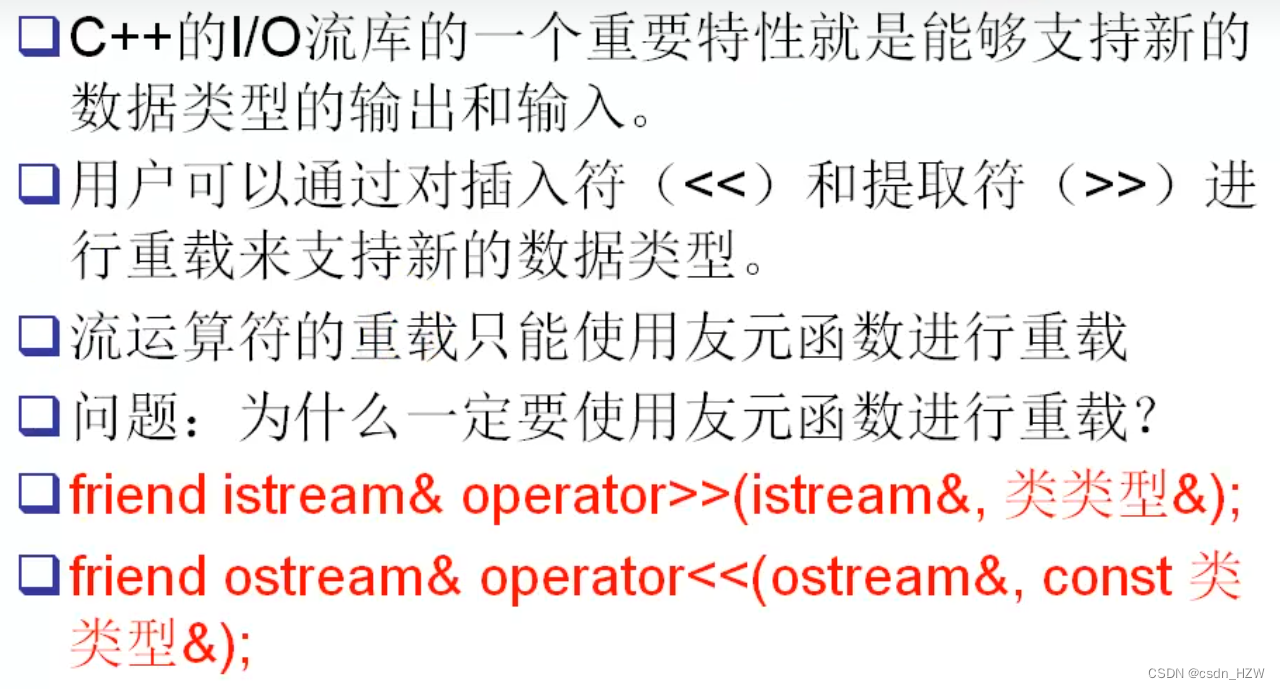
//String.h
#ifndef STRING_H
#define STRING_H
#include <iostream>
using namespace std;
class String {
public:
String(const char* str = "");
String(const String& other); // 拷贝构造
// 当你使用obj1 = obj2的时候,也是浅拷贝,即obj1.str_ = obj2.str_,所以要重载等号运算符,在里面进行深拷贝
String& operator=(const String& other);
String& operator=(const char* str);
bool operator!() const;
char& operator[](unsigned int index);
const char& operator[](unsigned int index) const;
//+运算符重载(最好用友元的方式来重载)
friend String operator+(const String& s1, const String& s2);
//+=运算符重载
String& operator+=(const String& other);
// << 运算符重载
friend ostream& operator<<(ostream& os, const String& str);
// >> 运算符重载
friend istream& operator>>(istream& is, String& str);
void Display() const;
~String(void);
private:
static char* AllocAndCopy(const char* str);
char* str_;
};
#endif //STRING_H
//String.cpp
include "String.h"
#include "String.h"
#include <string.h>
#include <iostream>
using namespace std;
String::String(const char* str)
{
str_ = AllocAndCopy(str);
}
String::String(const String& other)
{
str_ = AllocAndCopy(other.str_);
}
String& String::operator=(const String& other)
{
if (this == &other)
return *this;
delete[] str_;
str_ = AllocAndCopy(other.str_);
return *this;
}
char* String::AllocAndCopy(const char* str)
{
int len= strlen(str)+ 1;
char* newStr= new char[len];
memset(newStr, 0, len);
strcpy(newStr, str);
return newStr;
}
String& String::operator=(const char* str)
{
delete[] str_;
str_ = AllocAndCopy(str);
return *this;
}
bool String::operator!() const
{
return strlen(str_) != 0;
}
char& String::operator[](unsigned int index)
{
return str_[index];
// 因为这里面的代码和const的代码一样,所以最好合并成同一份代码
// 做法是,non const 版本调用const版本
return const_cast<char&>(static_cast<const String&>(*this)[index]);
}
const char& String::operator[](unsigned int index) const
{
return str_[index];
}
void String::Display() const
{
cout << str_ << endl;
}
String::~String()
{
delete[] str_;
}
String operator+(const String& s1, const String& s2)
{
int len = strlen(s1.str_) + strlen(s2.str_);
char* newStr = new char[len];
memset(newStr, 0, len);
strcpy(newStr, s1.str_);
strcat(newStr, s2.str_);
String tmp(newStr);
delete newStr;
return tmp;
}
String& String::operator+=(const String& other)
{
int len = strlen(str_) + strlen(other.str_);
char* newStr = new char[len];
memset(newStr, 0, len);
strcpy(newStr, str_);
strcat(newStr, other.str_);
delete[] str_;
str_ = newStr;
return *this;
}
ostream& operator<<(ostream& os, const String& str)
{
os << str.str_;
return os;
}
istream& operator>>(istream& is, String& str)
{
char tmp[1024];
cin >> tmp;
str = tmp;
return is;
}
// main.cpp
#include <iostream>
#include "String.h"
using namespace std;
int main() {
String s1("abcdefg");
char ch = s1[2];
cout << ch << endl; // 输出c
//为什么[]的返回值是字符串的引用?因为一个函数,如果返回值是引用的话,就可以出现在表达式的左边,这样就能重新赋值。
s1[2] = 'A';
s1.Display(); // 输出abAdefg
const String s2("xyzabc");
//s2[2] = 'M'; // 这边会调用char& operator[](unsigned int index) const这个重载。因为是const对象,所以希望这个操作是不允许的;解决方案:前面加上const,变成const char& operator[](unsigned int index) const;这样的话,这句在编译的时候就会报错
ch = s2[2]; // 希望这个操作是允许的
s2.Display(); // 输出xyMabc
String s3 = "xxx";
String s4 = "yyy";
String s5 = s3 + s4;
s5.Display();
s3 += s4;
s3.Display();
cout << s3 << endl;
String s7;
cin >> s7;
cout << s7 << endl;
return 0;
}
11、类型转换运算符的重载

12、指针运算符->
#include <iostream>
using namespace std;
class DBHelper
{
public:
DBHelper()
{
cout << "DB..." << endl;
}
~DBHelper()
{
cout << "~DB..." << endl;
}
void Open()
{
cout << "Open..." << endl;
}
void Close()
{
cout << "Close..." << endl;
}
void Query()
{
cout << "Query..." << endl;
}
};
class DB
{
public:
DB()
{
db_ = new DBHelper();
}
~DB()
{
delete db_;
}
DBHelper* operator->()
{
return db_;
}
private:
DBHelper* db_;
};
int main() {
// ->指针运算符(一个指针A包装了另一个指针B,利用了A生命周期结束的时候的确定性析构,在析构中销毁B)
// 相当于智能指针
DB db;
db->Open();
db->Query();
db->Close();
return 0;
}
13、operator new、operator delete的重载
new有三种用法
new operator:不能被重载
operator new
placement new
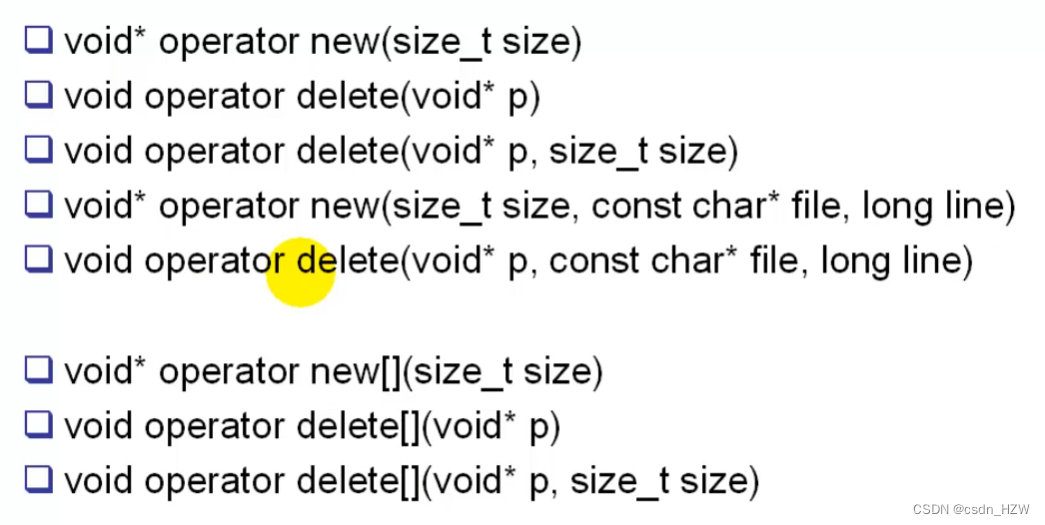
#include <iostream>
using namespace std;
//类中operator new、operator delete的重载
class Test
{
public:
Test(int n):n_(n)
{
cout << "Test(int n):n_(n)" << endl;
}
Test(const Test& other)
{
cout << "Test(const Test& other)" << endl;
}
~Test()
{
cout << "~Test()" << endl;
}
// 重载operator new
void* operator new(size_t size)
{
cout << "void* operator new(size_t size)" << endl;
void* p = malloc(size);
return p;
}
// 重载operator delete
void operator delete (void* p)
{
cout << "void operator delete (void* p)" << endl;
free(p);
}
// 这两个可以共存,看你是调用哪个
void operator delete (void* p, size_t size)
{
cout << "void operator delete (void* p, size_t size)" << endl;
free(p);
}
// 不同参数的new
void* operator new(size_t size, const char* file, long line)
{
cout << "void* operator new(size_t size, const char* file, long line)" << endl;
cout << file << ":" << line << endl;
void* p = malloc(size);
return p;
}
// 重载operator delete
void operator delete (void* p, const char* file, long line)
{
cout << "void operator delete (void* p, const char* file, long line)" << endl;
cout << file << ":" << line << endl;
free(p);
}
// 重载placement new
void* operator new(size_t size, void* p)
{
cout << "placement new" << endl;
return p;
}
void operator delete(void*, void*)
{
cout << "placement delete" << endl;
}
int n_;
};
// 全局operator new、operator delete的重载
// 重载operator new
void* operator new(size_t size)
{
cout << "global void* operator new(size_t size)" << endl;
void* p = malloc(size);
return p;
}
// 重载operator delete
void operator delete (void* p)
{
cout << "global void operator delete (void* p)" << endl;
free(p);
}
// 重载operator new
void* operator new[](size_t size)
{
cout << "global void* operator new[](size_t size)" << endl;
void* p = malloc(size);
return p;
}
// 重载operator delete
void operator delete[](void* p)
{
cout << "global void operator delete[] (void* p)" << endl;
free(p);
}
int main() {
Test* p1 = new Test(100); // 这边是调用 new operator这个函数;这个函数相当于调用operator new 然后调用构造函数,两个函数的结合
delete p1;
char* str = new char;
delete str;
char* str2 = new char[100];
delete []str2;
char chunk[10];
Test* p2 = new (chunk) Test(200); // 调用placement new,不分配内存,是在chunk这段内存上构造对象的;然后调用operator new 然后调用构造函数
cout << p2->n_ << endl;
p2->~Test(); // 显示调用析构函数,这边不能用delete,因为是在chunk上面的内存
//Test* p3 = (Test*)chunk; // 强制转化
Test* p3 = reinterpret_cast<Test*>(chunk);
cout << p3->n_ << endl;
Test* p4 = new(__FILE__, __LINE__) Test(300);
delete p4;
return 0;
}




